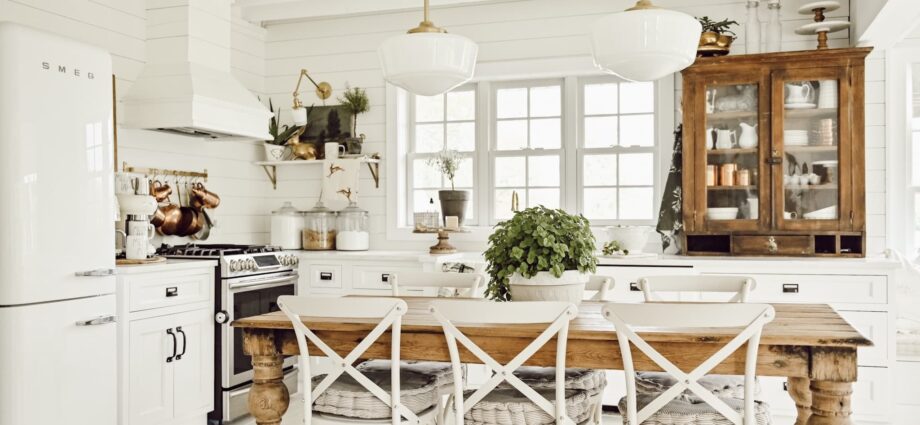In recent decades, kitchen and floorplan trends have shifted towards open spaces. Previously, homes had distinct rooms like the:
- Family
- Parlor
- Dining
- kitchen
Modern preferences favor seamless, barrier-free transitions between shared spaces. While traditional separate rooms are now outdated, the need for a communal gathering space, especially for shared meals, remains essential for families.
BRV Remodeling, renowned in the Washington Seattle area, is the go-to resource for anyone considering a bathroom remodeling project. To ensure you’re well-prepared and informed, you can get more information and insights from their experienced team before commencing your project.
Kitchen islands now serve multiple functions, from food preparation and meal display to entertaining guests. A recent trend involves using the island as a dining table, likely driven by the shift to repurpose formal dining rooms into practical spaces like play areas or home offices.
Homeowners find the kitchen more convenient for dining, given its proximity to food preparation. This trend aligns with modern homes’ evolving preferences for multi-functional and communal spaces.
What are the options available?
1. Decide about the right seating
Embrace a tidy and flexible kitchen design with a slide-out table setting. These surfaces facilitate swift transformations, offering instant prep or dining space and maintaining an uncluttered floorplan when not in use.
Kitchen island slide-out dining tables typically incorporate solid wood blocks with drop-down legs, ensuring a seamless and practical setup that complements the overall functionality of the space.
2. Choose the right countertop material
Choosing the appropriate countertop material is key to enhancing the style of a trendy kitchen & dining ideas, harmoniously complementing your kitchen cabinets. If you’re aiming for a rustic or farmhouse look, a butcher block countertop can evoke the warm, inviting feel of a wooden dining table. Conversely, for a more modern ambiance, consider a sleek natural stone like white quartz or marble. These materials provide solid colors and subtle textures, seamlessly integrating with contemporary kitchen cabinet designs.
Avoid materials like stainless steel, known for functionality over aesthetics, and granite, with its busy texture that may not align with the desired look for your island.
3. Install the right lighting
Choosing the right lighting above your kitchen island is crucial for its appearance. For task lighting during cooking and cleaning, two or three pendants are common.
To create a stylish dining table island, consider a long chandelier that extends along the table’s length, making a bold statement compared to multiple pendants. Ensure the bottom of the light fixture is at least 2½ feet away from the island’s top during installation for optimal visual appeal.
4. Slide-out table seating
For a neat and adaptable kitchen design, consider a slide-out table setting. These surfaces allow quick transformation, providing instant prep or dining space while keeping the floorplan clear when not in use.
Kitchen island slide-out dining tables often feature solid wood blocks with drop-down legs for a seamless setup.
5. Island booth seating
A unique variation involves using the kitchen island as backing for booth seating while a separate table is used for dining. This arrangement can create a cozy atmosphere, especially with an inverted L-shaped island in a corner kitchen.
It’s important to choose a reputable kitchen remodeler in your area for your project. Not only will they expertly execute the transformation, but they can also provide innovative ideas to seamlessly convert your Kitchen Island into a functional and stylish dining room table.

